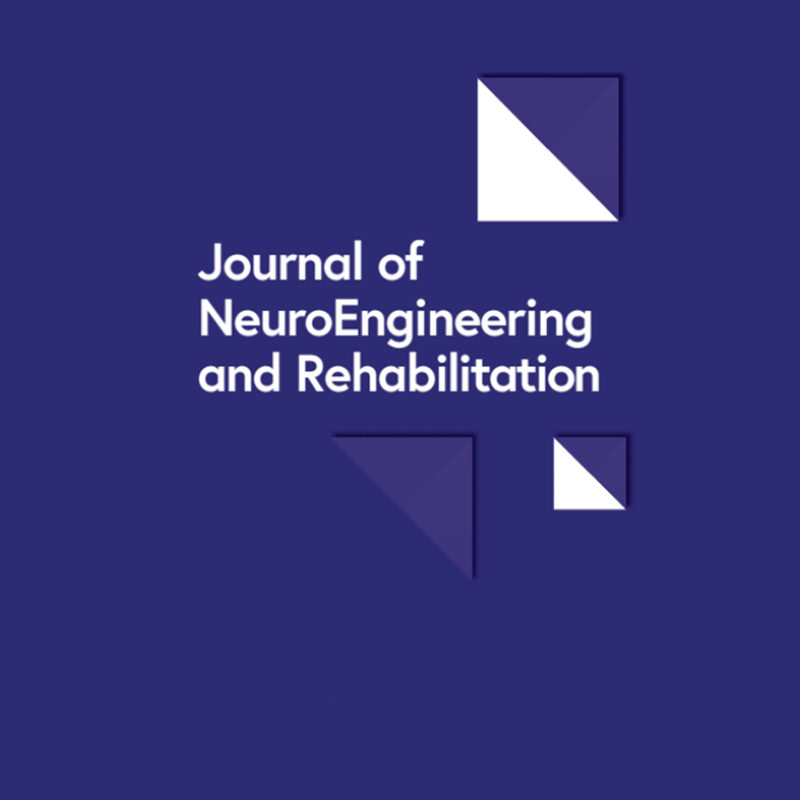Ahani, A., Wahbeh, H., Nezamfar, H., Miller, M., Erdogmus, D., & Oken, B. (2014). Quantitative change of EEG and respiration signals during mindfulness meditation. Journal of Neuroengineering and Rehabilitation, 11(1), 1-11.
Abstract
Background
This study investigates measures of mindfulness meditation (MM) as a mental practice, in which a resting but alert state of mind is maintained. A population of older people with high stress level participated in this study, while electroencephalographic (EEG) and respiration signals were recorded during a MM intervention. The physiological signals during meditation and control conditions were analyzed with signal processing.
Methods
EEG and respiration data were collected and analyzed on 34 novice meditators after a 6-week meditation intervention. Collected data were analyzed with spectral analysis, phase analysis and classification to evaluate an objective marker for meditation.
Results
Different frequency bands showed differences in meditation and control conditions. Furthermore, we established a classifier using EEG and respiration signals with a higher accuracy (85%) at discriminating between meditation and control conditions than a classifier using the EEG signal only (78%).
Conclusion
Support vector machine (SVM) classifier with EEG and respiration feature vector is a viable objective marker for meditation ability. This classifier should be able to quantify different levels of meditation depth and meditation experience in future studies.
